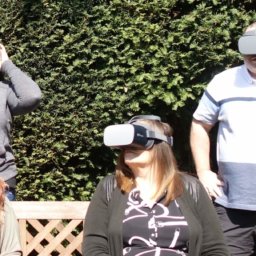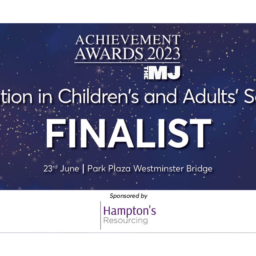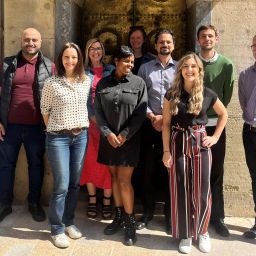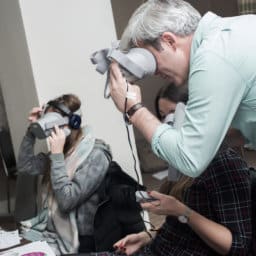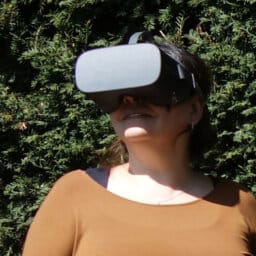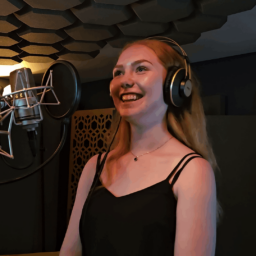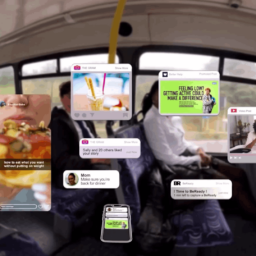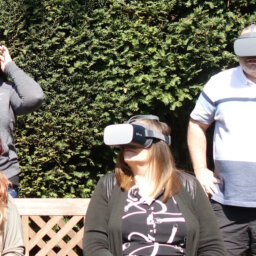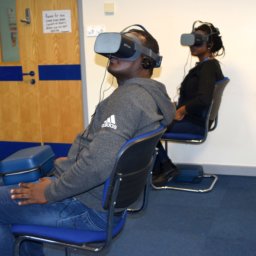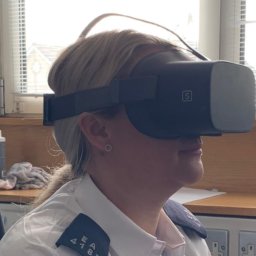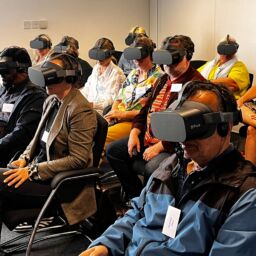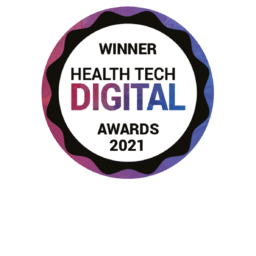Next week (15th May) marks the start of Foster Care Fortnight, an annual campaign run by The Fostering Network to raise the profile of fostering and show how foster care transforms lives.
Across the UK, there are over 70,000 children living with almost 55,000 foster families each day. Every 20 minutes, another child comes into care needing a foster family, often due to abuse or neglect.
According to The Fostering Network, In England alone, as of 31st March 2022, 57,540 children were living with foster families. There are around 43,905 foster families in England, but every year thousands more are needed.
The theme of this year’s Foster Care Fortnight is #FosteringCommunities: to celebrate the strength and resilience of fostering communities.
At Antser, our pioneering virtual reality is used by adoption and fostering teams within 25 local authorities, including international partners, as well as four independent fostering/adoption agencies.
As such, we understand the power of ‘community’ and working together to ensure the best outcomes for children and young people in foster care, as well as the foster families they live with.
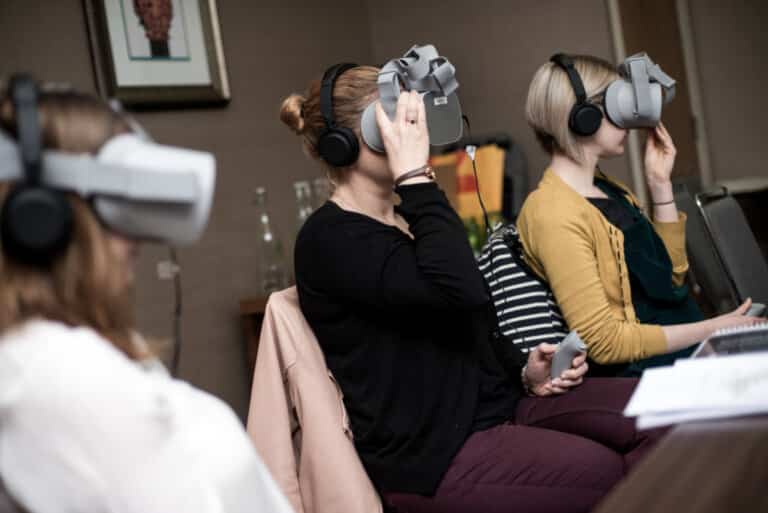
Antser VR is used to:
- Increase carers’ empathy and understanding of children’s trauma journeys
- Improve skills and confidence of carers in relation to the issues facing children and young people
- Support placement stability
VR has been proven to be a consistently strong and viable tool for supporting foster carers, specifically within assessments where the team feels concerned about the progress or stability of placements.
This was the case for the team at Northamptonshire Children’s Trust (NCT), which was able to change the outcome of a placement facing potential disruption for the child, due to the carer requiring a more therapeutic approach to a child’s needs. Using VR, the carer was able to reflect, develop their understanding and change their behaviour resulting in better care of the foster child.
Using VR provided a pivotal turning point for this specific placement, enabling a “starting point” for reflective discussions and resulting in a healthier and more successful foster placement for both child and carer.
Over the course of the next two weeks, we will be sharing more case studies and statistics from within fostering to show how Antser VR is being used to make a difference and to demonstrate the impact it has already had on hundreds of foster families and professionals across the UK and beyond.
For more information on how Antser VR is being used within fostering, please visit: www.antser.com/antser-virtual-reality/


